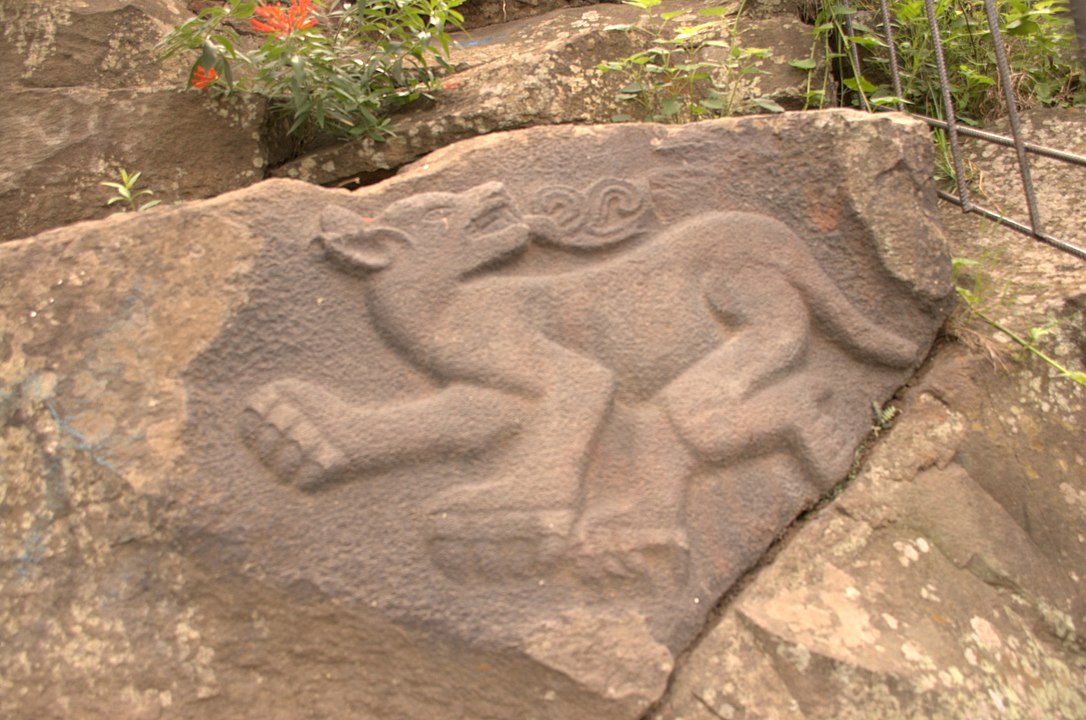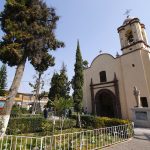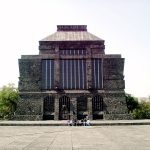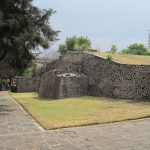

The archaeological site at Cuahilama is one of the least well-known archaeological sites in Mexico City. In the ancient town of Santa Cruz Acalpixca, it’s one of the original settlements, but with this dramatic collection of carvings in the wooded hill just southeast of the town center.
The site is some three kilometers long. It connects Santa Cruz Acalpixa to San Bartolomé Xicomulco, a distant small town in Milpa Alta. It was a ceremonial center and today you’ll find an observatory, a shrine, and a walkway leading to the highest part of the hill.
The site was occupied by numerous Pre-classical peoples, among them Cuicuilco, Copilco and Tlatilco groups. The area is believed to have been first settled by the Xochimilca Lord, Acatonalli around 1265. The traditional town founding was in 1254 CE. Most of the petroglyphs visible in the area are believed to have been carved between 1450 and 1521 CE.
An agricultural people, the Xochimilca here survived by using the chinampa system of farming, and growing chilis, beans, squash, and corn, naturally. Cuahilama, a Náhuatl word meaning “head of an old woman” served as an observatory, a shrine, and as a causeway running east – west and providing access to the top of the hill. Here what was likely a ceremonial area was located next to terraced agricultural plots. Residential districts covered much of the area as did a military training area.
The present site is most famous for the petroglyphs on the hillsides and surrounding slopes. These express Xochimilca cosmological and world views, and have been attributed to ceremonial functions and deity veneration. Among those visible today are the following.
See the Xochmilico Map for ideas on getting there. A taxi ride from most boat launches is usually less than ten minutes.
The Mercado de Santa Cruz Acalpixca is about an 8-minute walk from the archaeological zone entrance.

Nearest at 0.56 kms.

Nearest at 0.65 kms.

Nearest at 1.01 kms.

Initially intended as but one part of a City of the Arts, today's Anahuacalli Museum is a far more contemporary space than you might imagine.

Azcapotzalco's deep, meaningful claim to a place in the history of the Valley of Mexico.

One of the city's newest archaeological sites, it's one of the oldest and deepest of shrines in the Valley.

One of the oldest and most significant archaeological zones in Mexico City.

A museum, one of the only round pyramids in the country, and a history as deep as it is broad, Cuicuilco is not a site to be missed.